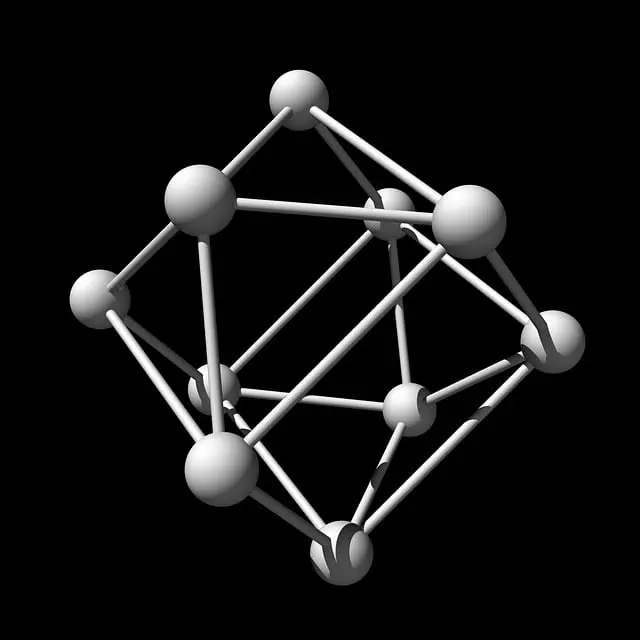Muscle soreness after intense exercise, commonly known as DOMS, can be managed through a combination of recovery techniques and understanding its underlying mechanisms, which involve microtrauma, inflammation, and biochemical changes. For those looking for alternative relief, kratom, derived from the Mitragyna speciosa tree, is an option due to its analgesic effects resulting from its alkaloids, mitragynine, and 7-hydroxymitragynine. While kratom can be beneficial for pain relief and enhancing mood and energy levels, it's essential to consult with a healthcare provider for personalized advice on dosage and legality. Kratom delivery services are available from reputable online vendors, offering convenient access to this botanical supplement while adhering to local laws. To optimize recovery, pair kratom use with a workout regimen that includes light cardio and resistance training tailored to avoid exacerbating muscle soreness, ensuring a balanced approach to fitness and well-being.
Muscle soreness can be a persistent challenge for fitness enthusiasts, often dampening the benefits of a hard-earned workout. This article delves into the mechanisms behind muscle soreness and its triggers, offering insights into how kratom, a natural substance increasingly sought after through ‘kratom delivery near me’ queries, can aid in recovery and alleviate discomfort. We’ll guide you through tailoring a workout regimen that complements the restorative properties of kratom, ensuring your muscles stay limber and pain-free. Join us as we explore the science behind muscle soreness and present a personalized workout plan that harnesses the potential of kratom to enhance your fitness journey.
- Understanding Muscle Soreness and Its Causes
- The Role of Kratom in Muscle Soreness Relief and Workout Recovery
- Designing a Customized Workout Plan to Alleviate Muscle Soreness with Kratom Assistance
Understanding Muscle Soreness and Its Causes

muscle soreness, often referred to as delayed-onset muscle soreness (DOMS), is a common experience among individuals engaging in new or intense exercise routines. It typically occurs 24 to 72 hours post-exercise and can range from mild discomfort to severe pain. The causes of this soreness are multifactorial, involving microtrauma to the muscle fibers, inflammation, and biochemical changes within the muscles in response to the stress of exercise. Understanding the mechanisms behind muscle soreness is crucial for designing workout regimens that minimize its impact while promoting muscle adaptation and growth.
When muscle fibers are subjected to unfamiliar or high-intensity activities, they undergo significant strain. This can lead to small tears in the muscle tissue, triggering an inflammatory response as the body repairs itself. The role of exercise intensity is particularly important; activities that overload the muscles can cause more pronounced soreness. Incorporating recovery strategies and customizing workout plans to manage the load on the muscles can help mitigate this effect. For those seeking supplementary support, products like kratom, known for their potential analgesic properties, may be considered as part of a holistic approach to muscle soreness relief. However, it’s essential to consult with a healthcare professional before incorporating such substances into one’s regimen to ensure safety and appropriateness for individual health needs.
The Role of Kratom in Muscle Soreness Relief and Workout Recovery

When engaging in rigorous workout routines, muscle soreness is often an inevitable consequence. The natural compound known as kratom has garnered attention for its potential role in alleviating post-exercise discomfort. Kratom, derived from the leaves of the Mitragyna speciosa tree, interacts with the body’s opioid receptors, which can lead to pain relief and a reduction in inflammation. For individuals seeking kratom delivery near me, various vendors offer this botanical supplement, providing a convenient and accessible means to incorporate it into their recovery protocol. The alkaloids found within kratom, particularly 7-hydroxymitragynine and mitragynine, are thought to contribute to its analgesic effects, which can be beneficial for those experiencing muscle soreness after workouts.
Incorporating kratom into a customized workout plan for recovery should be done with caution and in conjunction with other recovery strategies such as adequate hydration, proper nutrition, and sufficient rest. Kratom can offer a dual benefit by not only addressing pain but also potentially enhancing mood and energy levels, which are critical for consistent training and overall well-being. It’s important to consult with a healthcare provider before integrating kratom into your fitness regimen, as dosage and strain selection can vary widely and impact individual experiences. Additionally, local regulations regarding the use of kratom may differ, so it’s essential to be aware of and comply with these laws when considering kratom delivery near me for muscle soreness relief and recovery.
Designing a Customized Workout Plan to Alleviate Muscle Soreness with Kratom Assistance

When muscle soreness hinders your fitness routine, incorporating a customized workout plan with kratom assistance can be a viable strategy for relief and continued progress. Kratom, derived from the leaves of the Mitragyna speciosa tree, has been traditionally used to alleviate pain and fatigue. Its active components, mitragynine and 7-hydroxymitragynine, interact with opioid receptors in the brain, potentially offering analgesic effects that can help manage muscle soreness. For those seeking kratom delivery near me, various online vendors provide options for safe and discreet shipping, ensuring you have access to this natural compound as part of your muscle recovery regimen.
Designing a workout plan with kratom in mind involves selecting exercises that minimize stress on sore muscles while promoting overall fitness. Focus on movements that engage different muscle groups, allowing for a balanced workout. For instance, incorporating light cardiovascular activities like walking or cycling can enhance blood flow and aid in the recovery process. Resistance training exercises, such as bodyweight movements or exercises with kettlebells and dumbbells, can be tailored to target muscles that are less affected by soreness. By combining these targeted workouts with the potential pain-relieving properties of kratom, individuals can manage muscle soreness effectively while maintaining an active lifestyle. Always consult with a healthcare provider before integrating kratom into your wellness routine to ensure it aligns with your health profile and fitness goals.
Muscle soreness can be a significant barrier to consistent workout routines, yet understanding its origins and incorporating targeted interventions like kratom can aid in effective recovery and pain management. By designing a personalized workout plan that complements the healing properties of kratom, individuals can mitigate discomfort and maintain their fitness goals. For those seeking kratom delivery near them, it’s crucial to consult with healthcare professionals to ensure safe and responsible use within the context of exercise and recovery. With tailored approaches and professional guidance, muscle soreness doesn’t have to hinder your progress towards a healthier, more active lifestyle.






